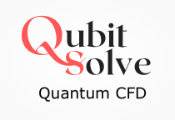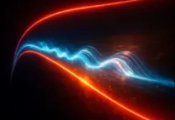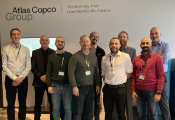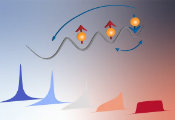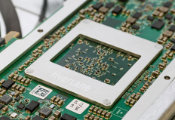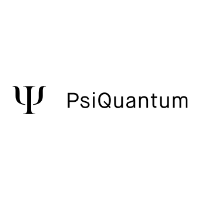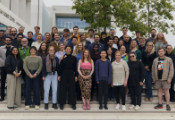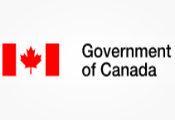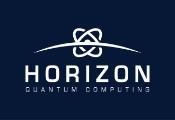Exploring Quantum Phase Transitions Through the Lens of Quantum Reservoir Probing
April 25, 2025 -- Quantum phase transitions, traditionally examined for divergent fluctuations in space and time at equilibrium, are now revealing local, nonequilibrium signatures. A research team led by graduate student Kaito Kobayashi and Professor Yukitoshi Motome from the University of Tokyo’s School of Engineering is at the forefront of exploring these nonequilibrium quantum dynamics, employing an innovative methodology called quantum reservoir probing (QRP).
The QRP is conceptually the inverse of quantum reservoir computing (QRC), a specific class of quantum machine learning. Whereas QRC typically employs quantum systems for computational purposes, QRP uniquely leverages these computational processes to characterize quantum systems themselves. Among its many applications, the team utilized QRP to extract the distinctive “fingerprint” of quantum phase transitions in the nonequilibrium dynamics triggered by a local quench. To elaborate, random information is injected into the quantum dynamics via a parameterized local quantum quench, acting as a “pump”. The encoded information is then estimated using the measurement outcomes of specific operators. Importantly, successful estimation is achieved only when the observed degrees of freedom are significantly affected by the local quench operation. Hence, the estimation performance serves as a “probe”, effectively quantifying the propagation of the quenching effects within the Hilbert space.
Using the QRP, the team has observed diverse information processing performances that reflect the unique characteristics of each quantum phase. Furthermore, at quantum critical points, maximally amplified quantum fluctuations dominate the dynamics, thereby suppressing the impact of the information encoded via local quench. This suppression provides clear, measurable indicators of quantum phase boundaries. Capitalizing on these phenomena, the team has demonstrated the dynamical detection of quantum phase transitions using the QRP in both integrable and nonintegrable quantum spin models. Remarkably, the versatility of their method extends to the investigation of topological quantum phase transitions, which are typically distinguished by the absence of local order parameters.
This pioneering approach paves the way for the exploration of quantum many-body systems through the lens of information processing performance, accelerating the unification of condensed matter physics and information science.

